Types of pedicure: their features and main differences
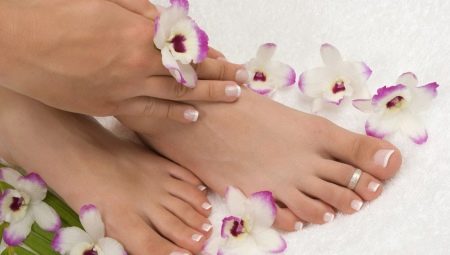
The fair sex has long ceased to be limited only to the treatment of fingernails - today a pedicure is an equally important procedure. Although someone may think that this procedure is worth doing only in the warm season, when the wearing of shoes that open the toes begins, this point of view is very erroneous. Today's pedicure is not only about painting nails, but also getting rid of calluses and corns, softening heels, preventing ingrown nails and general care.
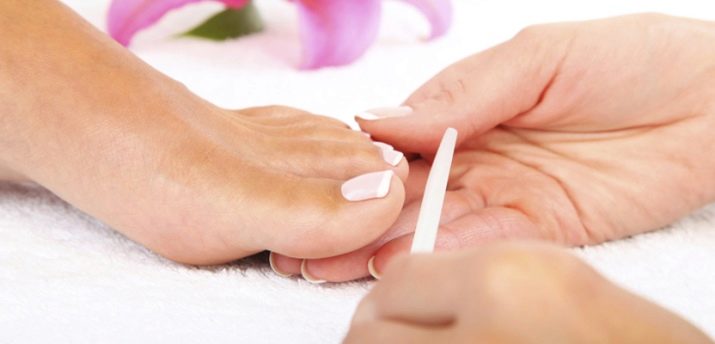
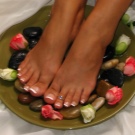
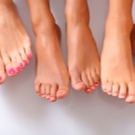
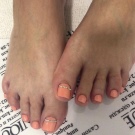
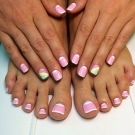
The main types of procedure and their differences
The pedicure options that exist today will not only satisfy the most demanding beauty, but also fit any wallet. It is worth noting that each species has both certain advantages and disadvantages. In general, it is important to start with the fact that experts recommend having a pedicure every two weeks. Of course, it is better to contact the salon, but at home it will be quite successful. As part of this procedure, it is important to remove excess skin, soften roughness and adjust the shape and size of the nail plate.


Aesthetic pedicure, that is, painting and other decoration of the nail, is carried out at will. As a coating on nails, it is customary to apply either a persistent gel polish, or a regular one with an additional fixer, or a medical solution.
By the way, both at home and in the salon it is necessary to ensure that the tools used are disinfected.
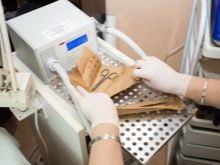

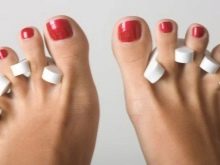
Classical
The classic pedicure is considered the oldest and the most simple. For its implementation, simple familiar tools are used, which, perhaps, are found in almost any household of the fair sex: scissors, nippers, nail files, brushes and others. The procedure begins with the fact that the legs are immersed in a container of hot water for a period of five to ten minutes. This is necessary to soften both the cuticle and hardened skin.
While an ordinary liquid will do the job without any problems, water that has added sea salt, essential oils, or dried herbs such as chamomile or calendula will be much more beneficial.
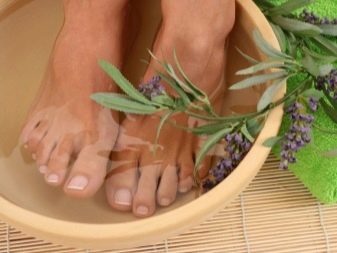

Next, after gently blotting the heels, you can start processing the cuticle. As a rule, it is pushed back to the hole with the help of a special wooden stick, and then removed either with the same stick or with special scissors. If during this process wounds appear, then they must be disinfected. Then the nails themselves are trimmed and brought to the required shape using a nail file, and the heels are processed using a pumice stone or a float. In the end, you can massage your feet with a moisturizer or oil, as well as paint your nails.
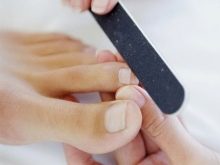
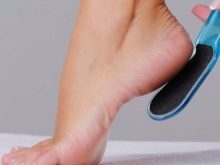

The main advantage of this type of pedicure is its simplicity - it is easily performed at home. In cases of contacting the salon, you can guarantee that its cost will be the lowest of all presented.
There can be many difficulties in removing ingrown nails, removing rough calluses or cutting cuticles. If you do not follow safety precautions and do not handle all the damage, you can even introduce an infection. This explains why classical manicure is not recommended for diabetic patients who suffer from poor blood supply to the feet and have sensitive skin.
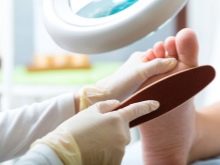
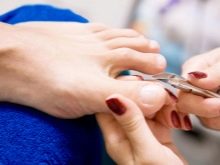
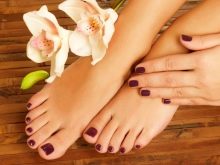
Hardware
Such a pedicure as hardware has been around for over forty years. The procedure is carried out using a special device that has several attachments, otherwise called cutters. Cutters differ in size, shape and purpose. Using them, a professional successfully removes cuticles and burrs, shapes the nail, cleans and polishes the plate itself, and also removes rough areas of the skin, calluses and corns.
It is important to ensure that even before using the cutters, the legs are treated with antiseptics and softening compounds that affect already dead skin cells. By the way, you don't need to soak your feet beforehand - they must be dry.


Compared to a classic pedicure, such a pedicure is much safer and less painful., therefore, it is allowed to do even the owners of sensitive skin. The process itself is carried out fairly quickly, with a minimal likelihood of wounds and damage. Among the disadvantages are the need to carry out a cycle of procedures in overly difficult situations, as well as the inability to relax due to annoying sound. Hardware pedicure is about a third more expensive than a classic one. It is advised to do it from once every two weeks to once a month.
By the way, there are devices that allow you to carry out the procedure at home.
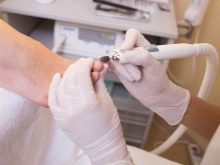
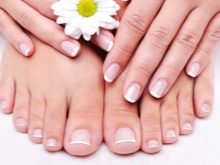

Liquid Chemical Techniques
Treatment of the legs using liquid substances is usually offered in cases where the condition of the skin of the legs is very neglected. In order not to injure the feet, removing numerous calluses and corns, it is better to turn to special drugs that simplify the task.
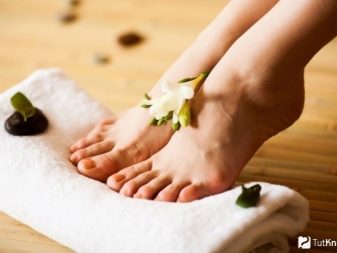
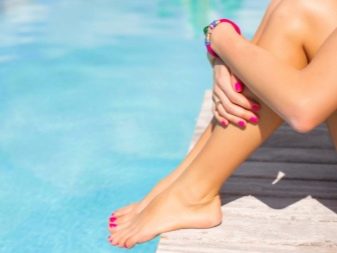
Urea
Urea pedicure is recommended for those who struggle with a large number of corns or suffer from hyperkeratosis. Urea, otherwise called urea, is a special substance, the peculiarity of which is to penetrate deep into the skin and soften its dead cells. In addition, when reaching the epidermis, small molecules deliver useful substances there.The procedure begins with antiseptic treatment of the legs, after which a carbamide solution is applied to them. After waiting five minutes, the rough dead skin can be removed either with a special spatula or with an ordinary napkin.
Next, the processing of the feet is brought to the end, and they are sanded. At the final stage, nails are processed, including polished and painted.
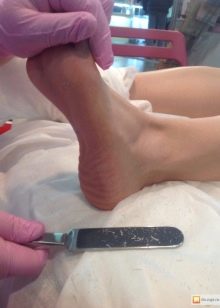
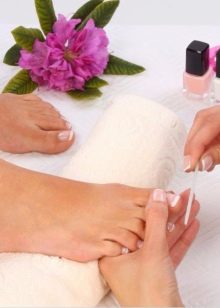
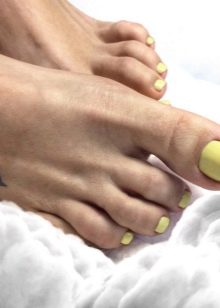
With hydrogen peroxide
Hydrogen pedicure is very popular for home use. First, in a basin with two or three liters of hot water, you need to dilute from five to six tablespoons of sea salt and hold the legs in them for ten minutes. Then a whole bottle of 3% hydrogen peroxide is poured into the same liquid. The resulting solution will have to stay for another six or seven minutes. Finally, the softened rough skin is removed either with a pumice stone or with a special device.
It is important to mention that this type of pedicure is prohibited for women in a position with hypertension and varicose veins. The same applies to the disease thrombophlebitis.
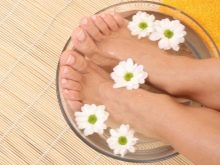
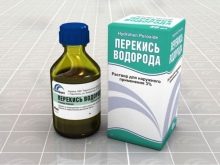

Acid
The essence of an acid pedicure is that calluses and rough skin areas are treated with acid preparations. As a rule, these are lactic, fruit, salicylic and other acids. Processing is carried out in the same way as with a carbamide pedicure, but with other substances.
It should be recalled that rough areas are treated separately, and cuticles separately - radically different preparations are used for them.

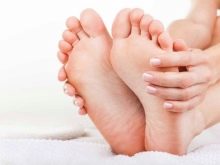
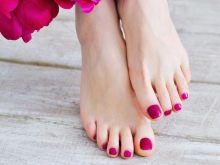
Other varieties
In general, there are a huge number of pedicure options for every taste and budget. For example, preparative and acidic enzymatic types of pedicure can be performed on completely different compositions with different costs. In addition, foot technicians are regularly introducing unexpected methods and techniques to the market in the face of increasing competition.
One of the latest innovations is the fish pedicure popular in Asia, in which the legs are processed inside an aquarium with fish feeding on dead epithelial particles.
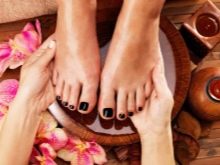

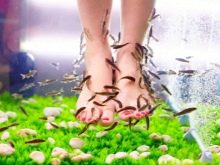
Hygienic
A hygienic pedicure is often called a medical pedicure. Its main feature is that, in addition to the aesthetic function, it is also responsible for treatment and prevention. Usually it is carried out using an apparatus with cutters and special tips that can remove calluses and other rough areas. The hygienic procedure will painlessly heal ingrown nails, cracked heels, warts and areas affected by the fungus.
A special advantage of such a pedicure is the zero chance of cutting yourself, which is extremely important for patients with diabetes mellitus. In addition, there is an increase in blood circulation and an improvement in appearance.
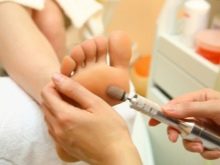

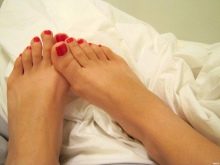
Aesthetic
The purpose of aesthetic pedicure is to make the feet visually attractive. Therefore, it is this kind that involves the use of colored varnishes, coming up with various design options, building up the length, using stickers, piercing the nail and other means.
Some of the most recent nail art ideas include watercolors, 3D drawings, gradients, foil and rub in, and cat's eye.
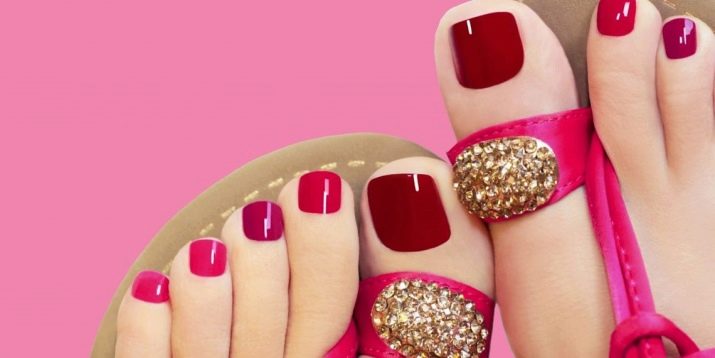
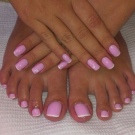
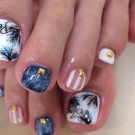
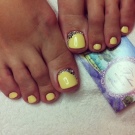
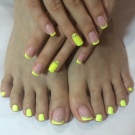
Japanese
Japanese pedicure combines several techniques. This is a SPA pedicure, which is an effective care procedure, and an unedged pedicure, which eliminates the appearance of wounds when removing the cuticle, as well as massage.
Natural remedies are used for the Japanese procedure, which indicates the usefulness of this variety, however, its price may seem quite high.

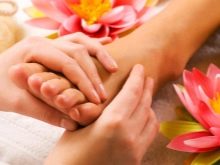
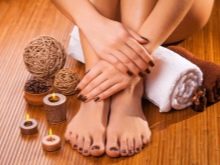
Hot
A hot pedicure is carried out using paraffin, which moisturizes the feet and softens the rough skin. Carrying out such a procedure is possible at home, but only if there is a special cosmetic substance. First of all, the feet are prepared for a pedicure - they are scrubbed, rubbed with a brush, freed from rough skin and sanded with a special nail file. Immediately it is necessary to put in order the nails - to give them a beautiful shape and polish the plates. Paraffin is added to a water bath.
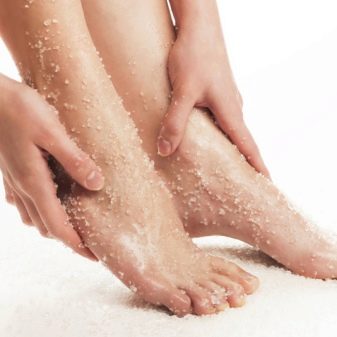
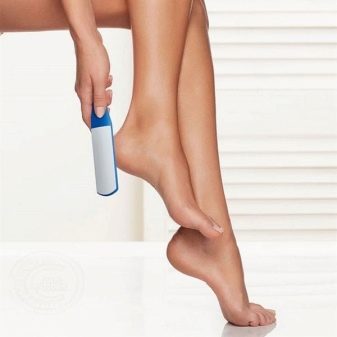
While it melts, the feet need to be lubricated with a fatty cream or natural oil from the heart. The melted substance is cooled to a temperature acceptable for the feet, after which the legs are lowered into the substance and immediately taken out. This is done two or three times so that a decent layer forms on the skin. "Paraffin" feet are wrapped with cling film and a warm towel, and then they are deprived of movement for thirty minutes. Half an hour later, the paraffin can be removed.
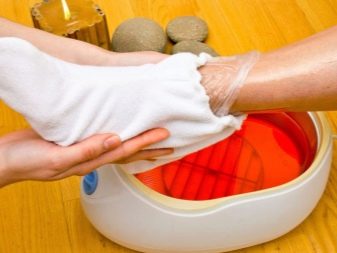
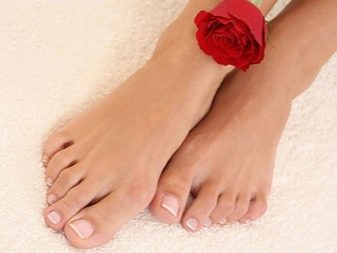
Which is better?
Perhaps, it is impossible to draw a single conclusion about which type of pedicure is considered the best, because it all depends on the purpose of the procedure. For example, if at home it is not difficult to independently perform a classic pedicure, then the salon can be visited solely for aesthetic purposes, and in the case when the feet have not been looked after for a long time, only a medical pedicure will save.
In addition, no matter how good the processing is, the lack of regularity will lead to the same unsatisfactory results.
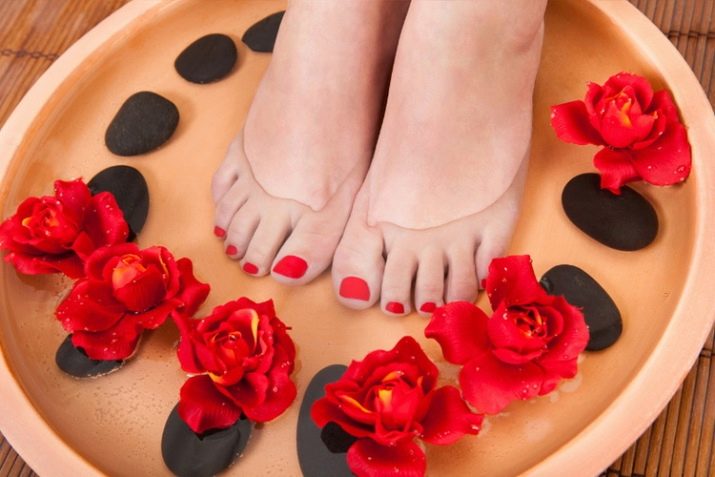
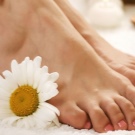
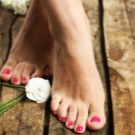
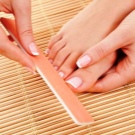
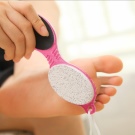
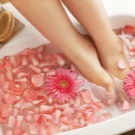
For information on how a classic pedicure is carried out, see the next video.








